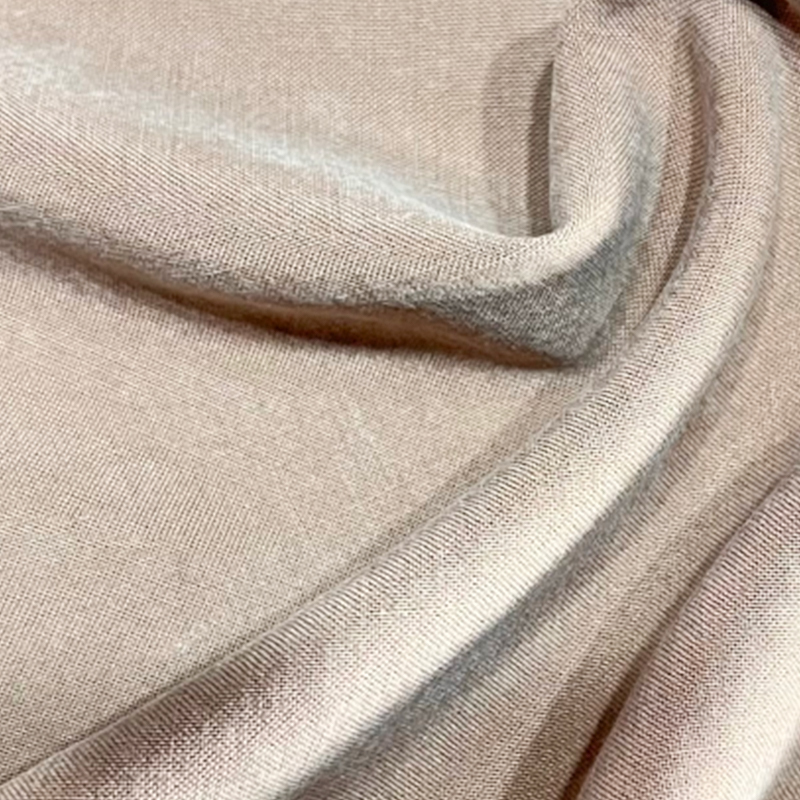What Are the Four Types of Silk?
Silk has long been admired as one of the most luxurious and versatile textiles, known for its softness, natural sheen, and timeless appeal. Across centuries, it has been valued not only for its beauty but also for the craftsmanship required to produce it. While the world of silk is diverse, there are four primary types that dominate traditional production: Mulberry silk, Tasar silk, Eri silk, and Muga silk. Each has its own qualities, uses, and cultural significance. Alongside these varieties, innovations such as spun silk fabric have also broadened the applications of silk in modern textiles.
1. Mulberry Silk
Mulberry silk is the most widely produced type of silk, originating from domesticated Bombyx mori silkworms that are exclusively fed on mulberry leaves. This strict diet results in long, smooth fibers that create silk with a glossy finish and exceptional softness. It is the foundation for many luxury products, from high-end fashion garments to bedding. Because of its uniform texture and ability to take on rich colors, Mulberry silk remains the standard of quality in the silk industry.
2. Tasar Silk
Tasar silk comes from wild silkworms, mainly Antheraea mylitta and Antheraea proylei. Unlike Mulberry silk, it has a naturally coarse texture and a rich golden or copper-brown tone. Its durability makes it suitable for jackets, ethnic attire, and upholstery. Though less lustrous, Tasar silk is valued for its natural earthy hues, which often require little to no dyeing. This gives the fabric a unique charm that appeals to those who prefer raw, textured fabrics.
3. Eri Silk
Eri silk, also called “peace silk” or “ahimsa silk,” is produced by Samia ricini silkworms. Unlike other silks, it is harvested after the moths leave the cocoon, making it a cruelty-free alternative. Eri silk has short fibers, which are spun into yarn and woven into a fabric with a soft, wool-like texture. This production process closely resembles that of spun silk fabric, where shorter silk fibers or waste silk are used to create smooth, durable cloth. Eri silk’s warmth and breathability make it highly suitable for winter shawls, blankets, and eco-friendly clothing.

4. Muga Silk
Muga silk is among the rarest and most prestigious silks, native to Assam in India. Produced by Antheraea assamensis silkworms, it is renowned for its natural golden-yellow sheen, which becomes more lustrous with every wash. Traditionally used in sarees and ceremonial garments, Muga silk is not only durable but also deeply tied to cultural heritage. Its limited production and exclusive availability contribute to its status as one of the most luxurious textiles in the world.
Spun Silk Fabric and Its Connection
While the four main types of silk are defined by their origin, spun silk fabric is an important development in the textile industry. It is made from shorter silk fibers, including leftover or broken filaments from cocoon processing. Instead of going to waste, these fibers are spun into yarn, creating a fabric that retains silk’s smoothness and breathability but with a slightly matte finish compared to reeled silk. Spun silk fabric is more affordable and widely used in everyday clothing, blending the luxury of silk with practicality.
Conclusion
The four types of silk—Mulberry, Tasar, Eri, and Muga—showcase the variety and richness of natural silk. From the glossy elegance of Mulberry to the golden rarity of Muga, each type serves different purposes in fashion and tradition. At the same time, the introduction of spun silk fabric highlights how silk production continues to evolve, making this timeless textile more accessible without losing its natural charm.


 中文简体
中文简体 Français
Français Deutsch
Deutsch italiano
italiano
 previous post
previous post






















